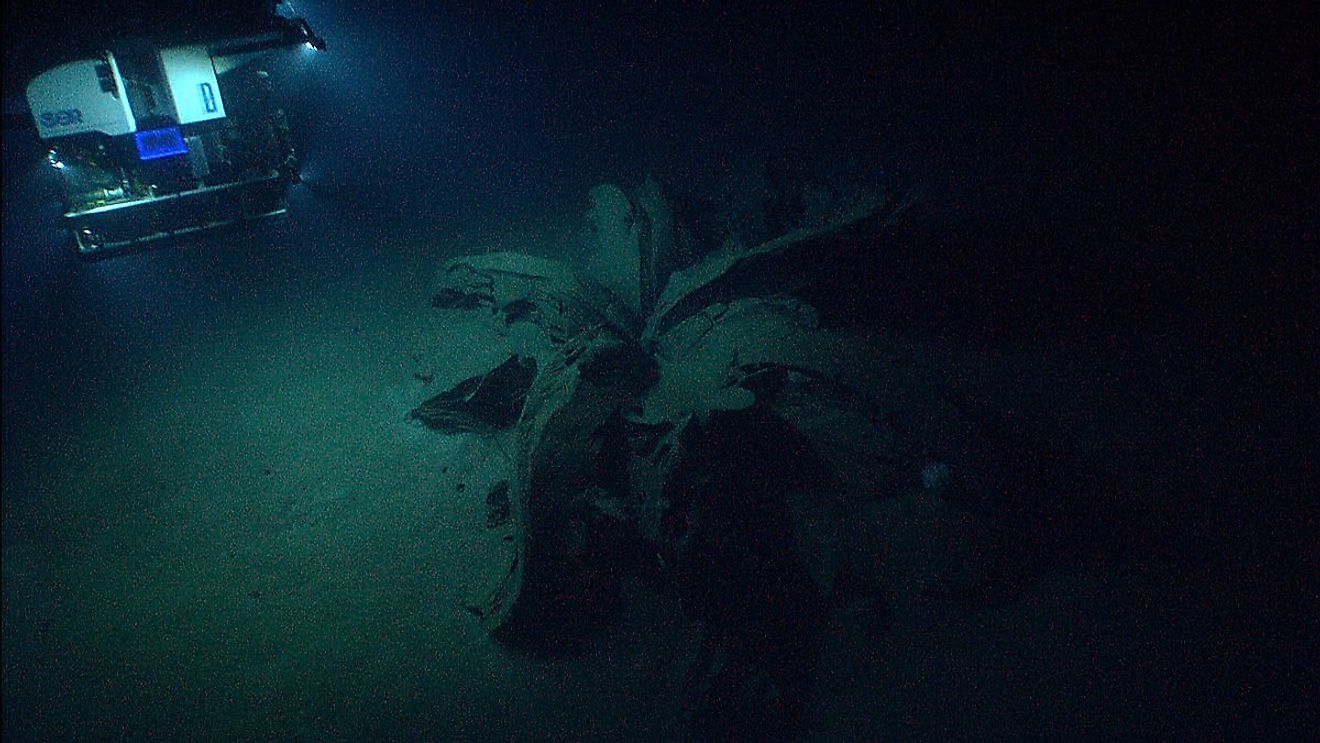What Is An Asphalt Volcano?

- Asphalt volcanoes have been found around the word.
- The volcanoes date back 40,000 years.
- The first asphalt volcano was discovered in 2003.
Introduction
An asphalt volcano is a volcanic seamount-like structure or submarine volcano that was undiscovered until 2003. The reason they are called asphalt volcanoes is due to the fact they are made purely from asphalt and are volcanic. Just like other types of volcanoes, submarine volcanoes may have eruptions that include material like gasses and oil on the floor of the sea. According to the National Oceanic and Atmospheric Administration (NOAA), the production of these emissions is similar to that of oil. Once asphalt volcanoes were discovered, it also emerged that there were emissions from volcanoes from thousands of years ago. The features were first discovered in the Gulf of Mexico during a research expedition of the DFG Research Center Ocean Margins. To date, researchers in the field have found a number of such features in places along the coasts of Mexico and the United States as well as other regions around the globe. Similar structures have been observed onshore in places like California’s Carpinteria.
Formation Of Asphalt Volcanoes
Instead of lava, asphalt volcanoes emit asphalt through their vents. The team that first discovered the volcano came up with a theory of how they were formed. The theory suggests that water below the floor of the ocean is first heated beyond the critical point before rising up to the seafloor. The water finds a route to the seafloor through crevices such as salt domes. As it rises up, it is most likely mixed with dissolved minerals and hydrocarbons. This temperature also gives the water the ability to mix with oils, unlike normal water. On the seafloor, lighter materials in the water rise up while the heavier ones solidify around the vent eventually forming a big enough pile of an asphalt volcano.
One of the largest asphalt volcanoes was discovered in 2007 off the coast of California’s Santa Barbara. The exact size is unknown although the experts said that the structure is larger than a football field with a height as high as a six-story structure. The largest asphalt volcano likes at depths of around 700 feet. Further dives and tests in 2009 revealed that the volcanoes go as far back as 40,000 years ago and had been producing high levels of methane at some point.
Further analysis of the solid material further lent credence to the previous theory that the condensation took several decades to accumulate to the present size. By their studies, they also established that the volcanoes last erupted some 35,000 years ago, which would account for an increase in methane levels at that time. They are presently dormant.











